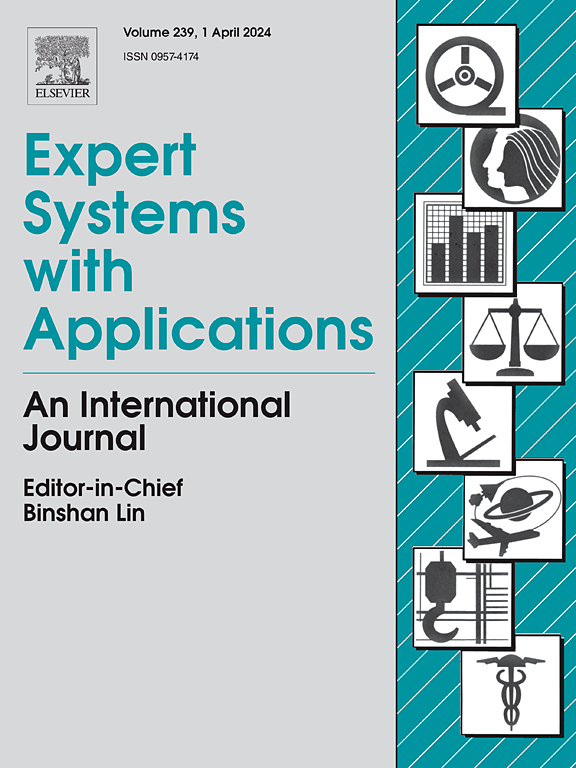TRGNet: a deep transfer learning approach for software defect prediction
IF 7.5
1区 计算机科学
Q1 COMPUTER SCIENCE, ARTIFICIAL INTELLIGENCE
引用次数: 0
Abstract
Software defect prediction (SDP) aims to automatically locate defective modules to find bugs and prioritise testing efforts. Researchers are now shifting into semantic features in order to develop predictive models for accurate prediction by using deep learning. But the source code conversion into the semantic feature fails to capture the essential features and correlation. This often degrades the performance of the prediction model. However, well-known authors have already shown the importance of software module metrics for software defect prediction. To take the advantage of software metrics via deep transfer learning in this paper, software module metrics are transformed into images. We proposed the TRGNet model, which extracts transferable features from source projects using pre-trained GoogLeNet and consolidates with a meta-estimator to minimize the divergence in sample distributions between projects. In this model, we feed the transformed image file of software modules to train it for within-project defect prediction (WPDP) and cross-project defect prediction (CPDP). The experimental results with AlexNet, ResNet, SqueezeNet, and other state-of-the-art models indicate that the proposed TRGNet model significantly improves the state-of-the-art defect prediction task by 13.31 % in WPDP and 16.88 % in CPDP scenarios. Moreover, the computational cost analysis reveals that TRGNet significantly reduces memory utilization while maintaining competitive training and inference times compared to other deep learning models, making it a highly efficient and scalable approach for SDP.
TRGNet:用于软件缺陷预测的深度迁移学习方法
软件缺陷预测(SDP)的目的是自动定位有缺陷的模块以发现错误并对测试工作进行优先级排序。研究人员现在正在转向语义特征,以便通过深度学习开发准确预测的预测模型。但将源代码转换为语义特征时,无法捕捉到基本特征和相关性。这通常会降低预测模型的性能。然而,一些知名的作者已经展示了软件模块度量对于软件缺陷预测的重要性。为了通过深度迁移学习来利用软件度量,本文将软件模块度量转换为图像。我们提出了TRGNet模型,该模型使用预训练的GoogLeNet从源项目中提取可转移的特征,并与元估计器合并,以最小化项目之间样本分布的差异。在该模型中,我们输入转换后的软件模块图像文件,对其进行项目内缺陷预测(WPDP)和跨项目缺陷预测(CPDP)的训练。AlexNet、ResNet、SqueezeNet等先进模型的实验结果表明,提出的TRGNet模型在WPDP场景下显著提高了13.31%的先进缺陷预测任务,在CPDP场景下提高了16.88%。此外,计算成本分析表明,与其他深度学习模型相比,TRGNet在保持竞争性训练和推理时间的同时显著降低了内存利用率,使其成为一种高效且可扩展的SDP方法。
本文章由计算机程序翻译,如有差异,请以英文原文为准。
求助全文
约1分钟内获得全文
求助全文
来源期刊

Expert Systems with Applications
工程技术-工程:电子与电气
CiteScore
13.80
自引率
10.60%
发文量
2045
审稿时长
8.7 months
期刊介绍:
Expert Systems With Applications is an international journal dedicated to the exchange of information on expert and intelligent systems used globally in industry, government, and universities. The journal emphasizes original papers covering the design, development, testing, implementation, and management of these systems, offering practical guidelines. It spans various sectors such as finance, engineering, marketing, law, project management, information management, medicine, and more. The journal also welcomes papers on multi-agent systems, knowledge management, neural networks, knowledge discovery, data mining, and other related areas, excluding applications to military/defense systems.
 求助内容:
求助内容: 应助结果提醒方式:
应助结果提醒方式:


